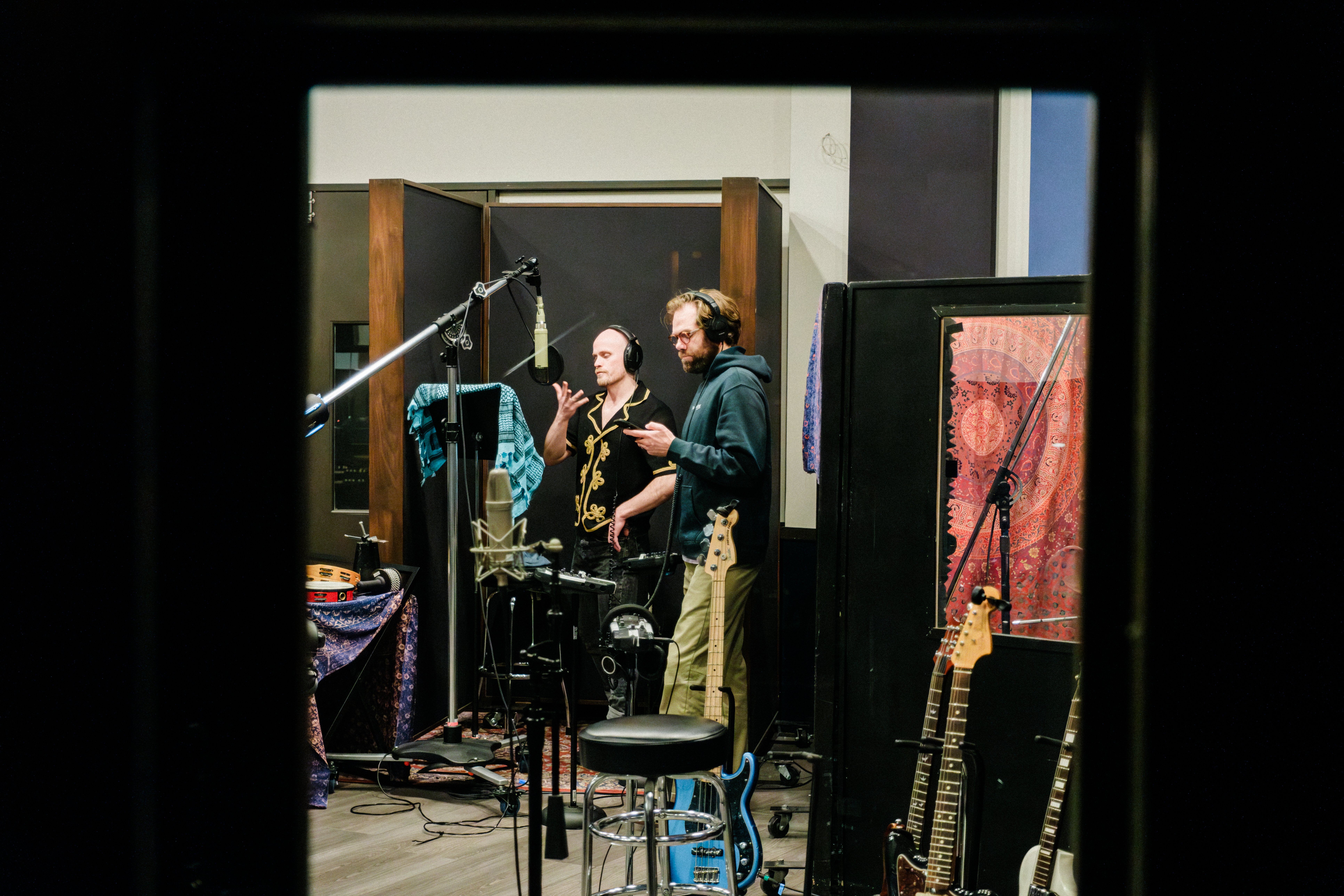Phaser and Flanger sounds like a Marvel superhero duo.
And I guess you could call them superheroes, but only if you know what they are and how to use them.
If you don’t know what you’re doing, these effects can completely ruin your mixes.
But if you’re familiar with them, they can really improve your recordings. Even if you’re working from home.
So in this post, we’re going to cover what they are and how to get the most out of them.
What’s the Difference Between a Flanger and a Phaser?

Both a flanger and a phaser create a short delay effect in your audio. But phasing is often more subtle.
Flangers and phasers both create sort of a swooshy or swirly sound.
(I’ll show you some examples in a second.)
For both, the delay is just a couple of milliseconds, which then gets mixed in with the original signal.
The effect that both create is called a comb filter. It’s when two sounds from the same source reach your ears at different times.
It’s called comb filtering because the audio signal looks like a comb in your DAW.
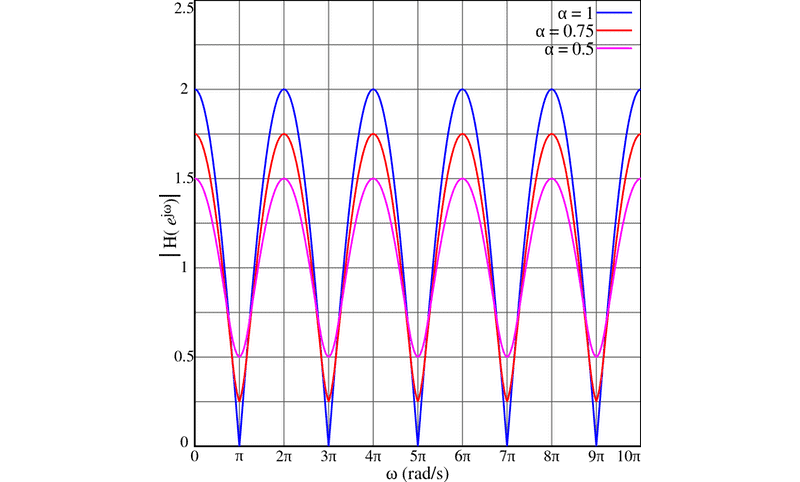
Typically, comb filtering is something you want to avoid. But when you know what you’re doing, you can use it to create a cool delay effect.
What’s a Flanger?
The term flanger dates back to the 1960s. Back when audio engineers were working with tape recording machines.
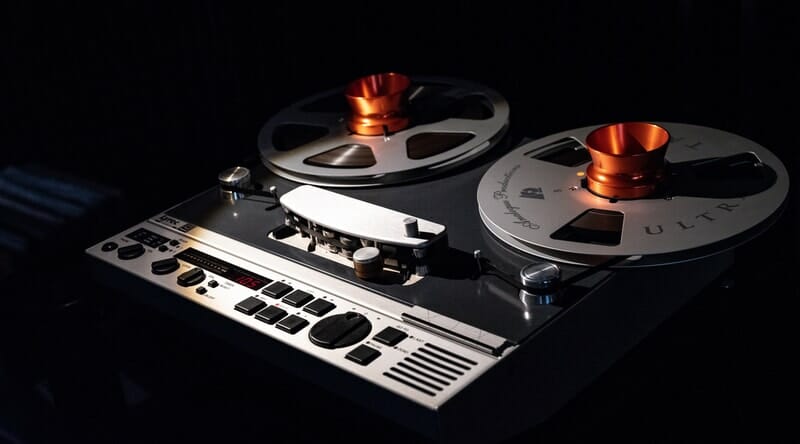
They would press something called the supply reel flange to slow down the tape. It was called tape flanging.
A flanger takes the original signal and adds it back onto itself indefinitely. This creates an equal number of notches throughout the entire audio item.
Theoretically, these repetitions will go on forever.
Flanging is actually closer to a chorus effect than it is to a straight-up delay effect.
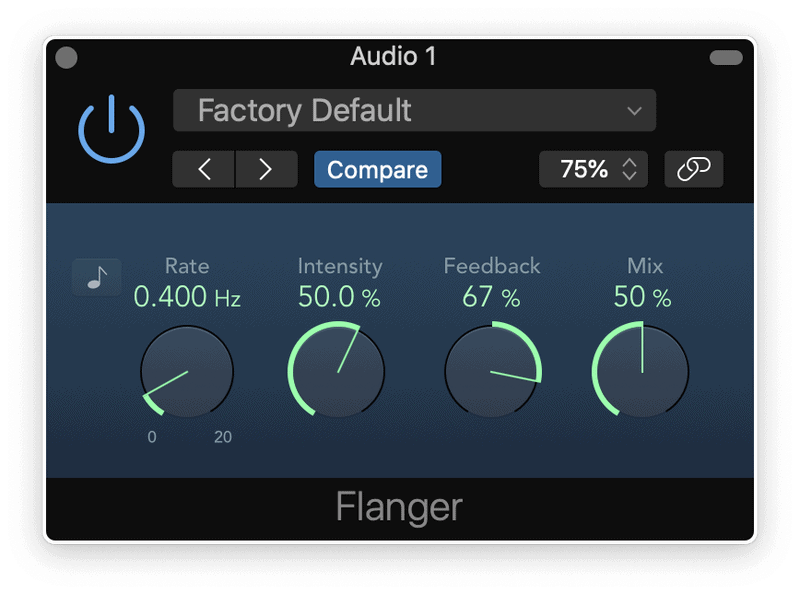
The delay is short (roughly 0.1 ms to 10 ms). And it adds it back to the original signal with a low frequency oscillator (LFO).
If you extend the delay in a flanger, you would essentially have a chorus effect.
But if you go too wild with a flanger, you can end up with some nasty feedback.
What’s a Phaser?
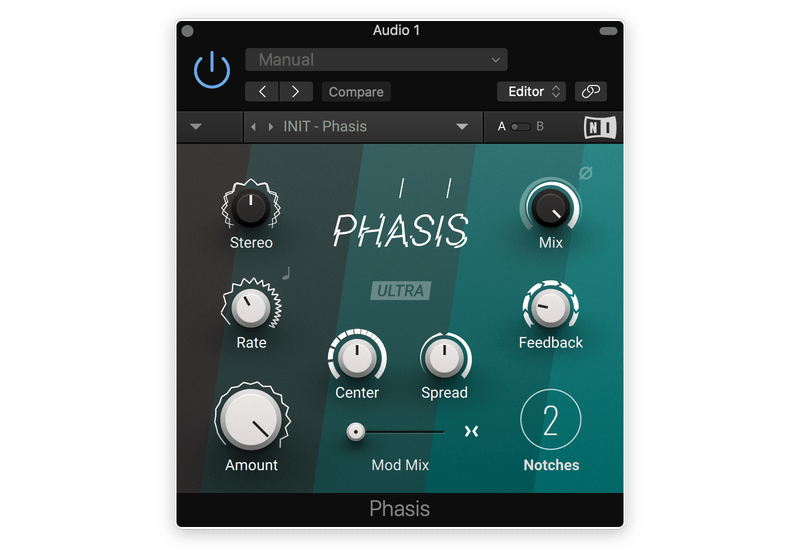
A phaser also creates a delay effect on your audio, but it’s slightly different than a flanger.
Using a phaser involves all-pass filters instead of delay.
Like a flanger, this puts notches throughout the audio item and mixes it back into the audio with an LFO.
But a phaser uses fewer notches, and it puts those notches at very specific places along the spectrum.
How many notches and where the notches go depends on the phaser and the settings of that phaser. The more notches you have, the more intense the effect will become.
How to Use a Flanger in Music
The main thing to remember is to not go crazy with the flanger effect. Ease into it, start small, and add it in until it sounds good to you.
The best way to start flanging is to download a flanger plugin.
There are plenty of free plugins you can grab just to test out the effect. Then if you want to get serious, you can look at buying one.
What does a flanger sound like in action?
I’ve listed some songs below that use flangers so you know what the effect sounds like. In every case, this effect is used sparingly.
“Listen to the Music” by the Doobie Brothers
Listen to the guitar as we enter into the bridge and throughout the bridge. Sounds very chorus-y, right?
“Life in the Fast Lane” by Eagles
You can hear the flanger sweep through during the bridge on all the instruments.
“For the Love of Money” by The O’Jays
The song opens with a sweet bassline, and you can clearly hear the flanger flanging away.
How to Use a Phaser in Music
Just like a flanger, you don’t want to overdue the phaser. It can be cool for certain parts or on just one instrument for an entire song.
Too much and you can ruin the overall sound. You need a mix of natural sounds and clearly modulated sounds.
Here are some good examples of how to use a phaser.
“Just the Way You Are” by Billy Joel
Hear those Fender Rhodes that open the song? A very clear example of a phaser.
“Kashmir” by Led Zeppelin
From the first blast of noise, you hear the phaser. Throughout the whole song, the drums are being fed through a phaser.
“Shine on You Crazy Diamond” by Pink Floyd
If you listen carefully, you can hear a phaser on David Gilmour’s guitar (right around the four-minute mark).
Wrapping Up
So to recap…
A flanger repeats the audio back onto itself, creating a chorus-like effect.
A phaser uses all-pass filters to achieve a delay-like effect.
They sound similar, and both are useful—but only in moderation.
What’s the best way to familiarize yourself with each? Play around with them until your ears like what they’re hearing.









